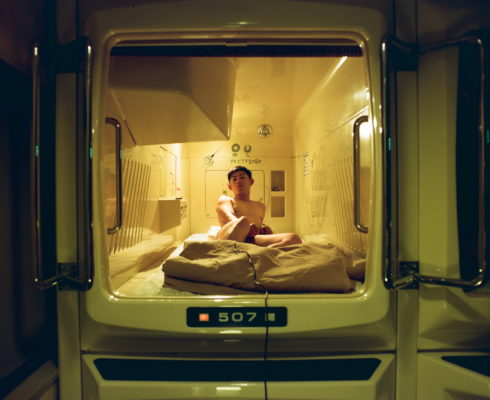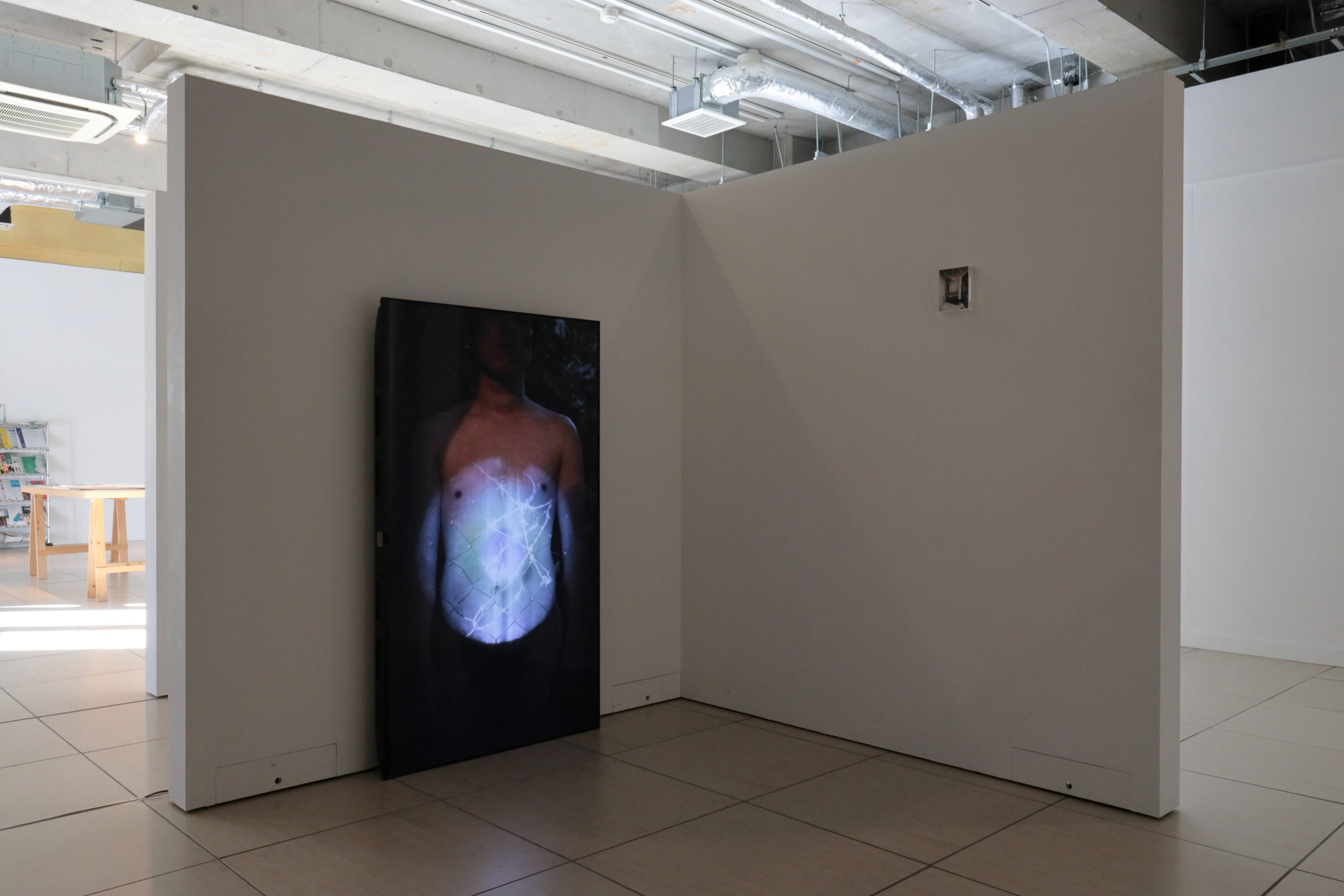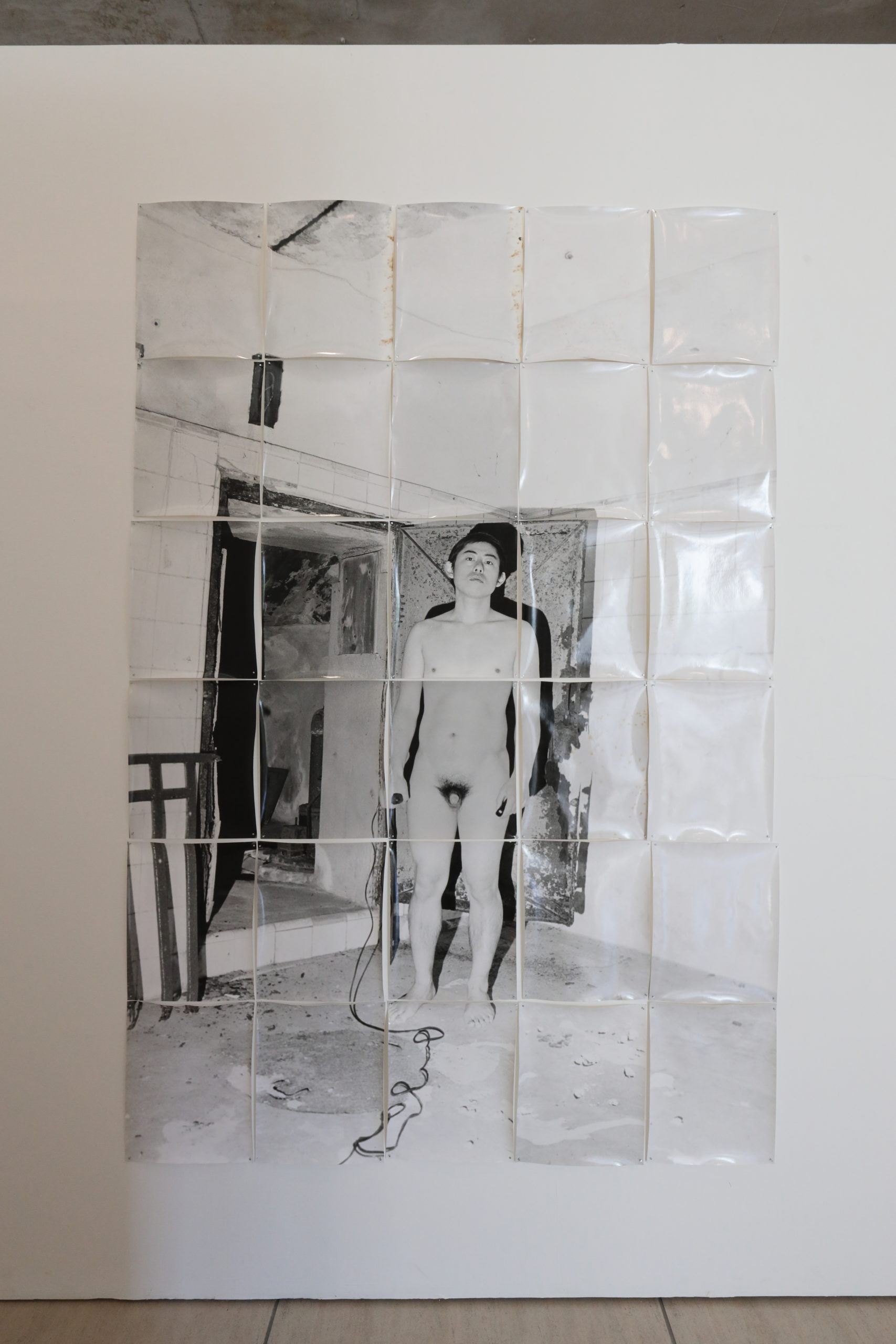Search
To search for an exact match, type the word or phrase you want in quotation marks.
A*DESK has been offering since 2002 contents about criticism and contemporary art. A*DESK has become consolidated thanks to all those who have believed in the project, all those who have followed us, debating, participating and collaborating. Many people have collaborated with A*DESK, and continue to do so. Their efforts, knowledge and belief in the project are what make it grow internationally. At A*DESK we have also generated work for over one hundred professionals in culture, from small collaborations with reviews and classes, to more prolonged and intense collaborations.
At A*DESK we believe in the need for free and universal access to culture and knowledge. We want to carry on being independent, remaining open to more ideas and opinions. If you believe in A*DESK, we need your backing to be able to continue. You can now participate in the project by supporting it. You can choose how much you want to contribute to the project.
You can decide how much you want to bring to the project.

Last name Maetani, first name Kai. From my point of view, Maetani Kai is the most promising emerging Japanese photographer.
He was born in the town of Ehime in 1988. He began studying ceramics at Kyoto University of Art and Design in 2011, following his father’s profession. In 2013, he continued his postgraduate studies with a MFA from the same institution, where he specialized in photography. Since then, he’s put together an incisive and daring body of work, with self-portraits, biographical work and nudes as central themes.
In 2014, he began to develop the Kapsel serie, in which the photographer infiltrates different niches within capsule hotels. When we think of contemporary Japanese culture from a Western perspective, countless articles and news items in the media create an Orientalist, exotic image. Japan becomes reduced to tourist anecdotes, colorful popular media or all kinds of nightlife fetishes. Although I have no desire to contribute to the stigmatization of anti-normative desire or sex work, my criticism points out how the Western gaze tends to fulfill a prophecy that it itself produces when looking at Japan: an East full of eroticism and eccentricities ready for consumption. The capsule hotel is one of those eccentricities that foreign representations of Japan like to show. These are low-cost hotels located in large Japanese cities, aimed mainly at late-night office workers or young people who are travelling. Instead of private bedrooms, these hotels offer individual beds inside capsules located in shared rooms with various amenities and sound insulation.
Aware of the exotic rhetoric surrounding this type of accommodation, in this photographic series Maetani visits capsule hotels where he takes portraits of himself completely naked. Looking somewhat abandoned or broken-down, the capsules he inhabits are intervened with different humorous or crude drawings. The use of a remote trigger gives Maetani control of the image and a certain sense of voyeuristic randomness of his own flesh, comparable to how Japanese art history tended to have a perspective “from above” during several of its most emblematic periods. From the claustrophobic lockdown of the capsule, Maetani seemed to expand his own subjectivity to the limits of desire and obscenity, displaying himself without shame in order to question the stereotypes that surround Japanese corporality.

Maetani Kai, exhibition view of Under the Bridge, Tokyo Arts and Space Residency, Tokyo, December 10-12, 2021.
In a certain way, Maetani’s last exhibition strengthened and at the same time developed the photographic hypotheses the artist previously worked with. In this exhibition he showed a new series entitled Under the Bridge, work he created during an artist residency in Tokyo. Here Maetani questioned the white cube as a display device with a series of temporary walls that generated a quasi-labyrinth similar to that of Japanese public baths. It’s not surprising that during the photographer’s stay in the capital he sought out abandoned spaces on the banks of the rivers of the megalopolis, many of them abandoned bathrooms where homosexuals find an ideal semi-shelter for public sex.
The tour of the exhibition took place under the eaves of the corridors set up by the photographer. Upon entering the enclosure, the first visible panel was hard to see due to bits of tape arranged in a bizarre grid pattern. This was a remnant of an on-site intervention in which the photographer visited the room at night to develop one of his shots in a mosaic made of photographic paper. The result of the experiment was exhibited on the wall of the adjoining space, creating a sensual poetry that shifted between visibility and concealment. Around the corner to the left, a slideshow was shown with a Kodak Ektagraphic III-J ATS projector. On slides chosen by the photographer and rotated within the projector by means of a timer, Maetani’s process of creating the series was documented. Like bizarre vacation souvenirs, the slides displayed vacant lots, dirty cement, piles of garbage, and colorful synthetic phthalates, as well as weeds growing in these urban areas, always at night and with the use of a powerful flash.

Maetani Kai, exhibition view of Under the Bridge, Tokyo Arts and Space Residency, Tokyo, December 10-12, 2021.
Continuing along the path created by the narrow corridors of the exhibition, we could see some still-lifes mounted on the wall: five photographs framed in delicate acrylic boxes scattered along the path, revealing details of the locations used by the photographer in his artistic search. However, the highlight of the exhibition was a video mounted at the end of the tour. A large-scale monitor was mounted on a false wall at floor height, rising vertically until it reached a little below the height of the photographer himself. During Maetani’s explorations into Tokyo’s riverside haunts, he photographed his naked body in those shrines of garbage. Thanks to the help of an assistant who prefers to remain anonymous, the same images from these spaces were projected onto his skin in the harsh winter cold of Tokyo. Like some pagan rite of resistance or painful pleasure, the photographer undressed for a few minutes during the projections of those same barren spaces onto his skin, his body trembling uncontrollably due to the frigid temperature in an instinctive choreography that caused cramps in his abdominal muscles and penis.
Undoubtedly, the performance that Maetani executes reminds us of the groaning cry of freedom of Ren Hang’s photographs before his death. However, the context of persecution that my dear Ren experienced was not the same as that of a Maetani. What could be criminal of inhabiting those edges, of undressing his body on the swollen banks of polluted rivers as Maetani does? Certainly, both poetics of freedom inhabit different legal areas. Perhaps Maetani’s shots of weeds in wastelands bear closer resemblance to the queer ecology of a Kawauchi Rinko. Both photographers manage to capture the ineffable force of desire which obviously underlies organic matter, of living flesh that convulses before the force of light.

Maetani Kai, exhibition view of Under the Bridge, Tokyo Arts and Space Residency, Tokyo, December 10-12, 2021.
Maetani is a contemporary artist with a unique vision that allows us to regain hope in the possibilities of analog film in the erratic decades of the 20s in the 21st century.
Featured Image: Maetani Kai, Kapsel507, from the Kapsel series, 120mm analog photography, 2014-[2020].

Aliwen (Santiago, 1993) is a critic, independent curator, autonomous researcher, musician, performer and mestizo weaver. Her interests move between the arts, anarchist autonomism, daily decolonization and divergent sex-affectivities, and she activates different processes of artistic, archival and scenic research that allow her to intersect these problems in a fluid way. Bachelor of Arts with a Mention in Theory and History of Art from the University of Chile, Master in Artistic Studies and Curatorial Practices from the Tokyo University of the Arts as a 2020 Monbukagakusho Scholar. She fights for human rights, especially those of trans * people, non-binarixs, femme subjects, people living with HIV / AIDS and brown people. Her first book critical of barricade. Cuerpx, Writing and Visuality in Contemporary Chile will be published in 2021 by Sangría Editora.
"A desk is a dangerous place from which to watch the world" (John Le Carré)